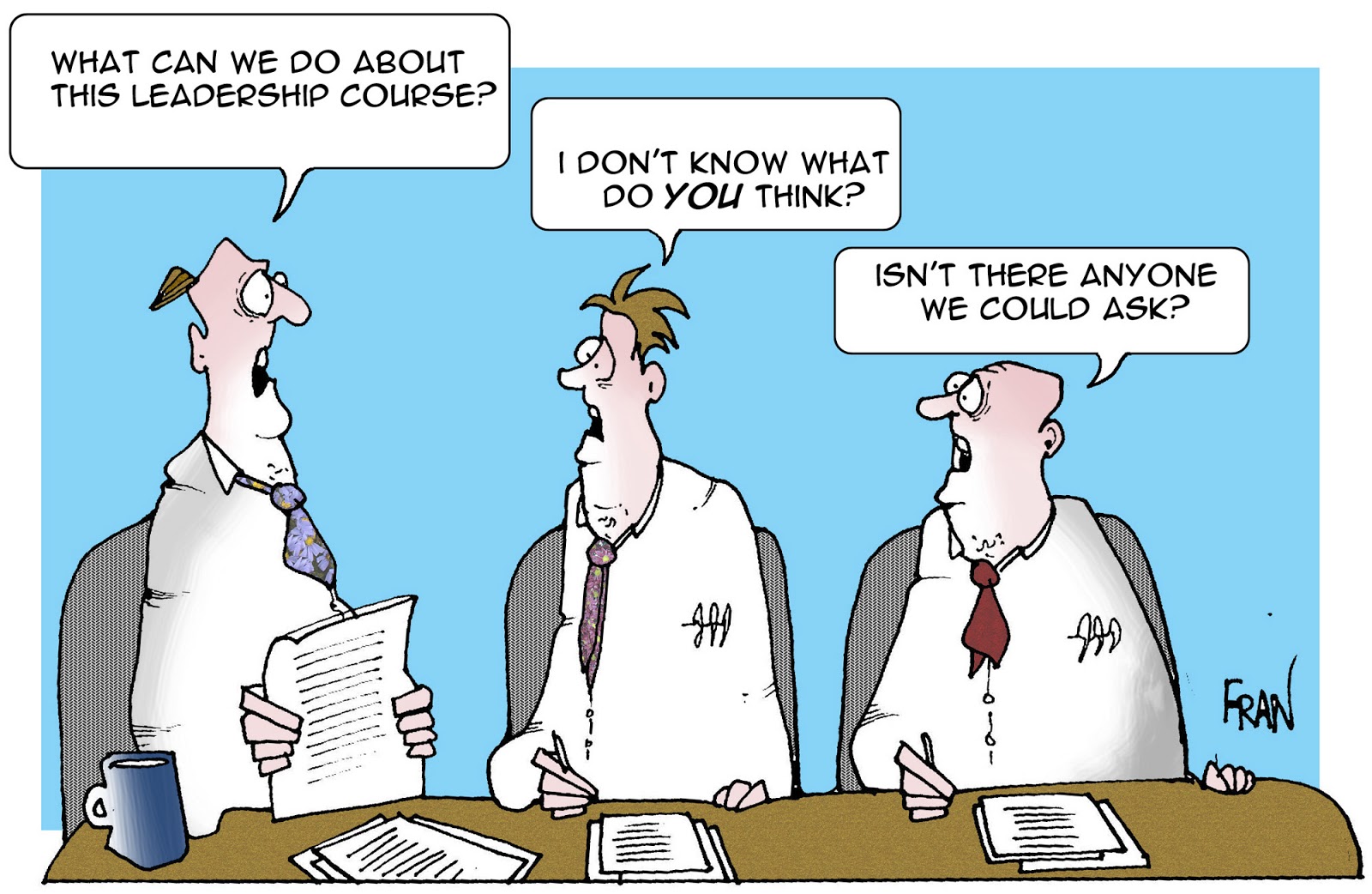Start here:
- People often confuse “formal power” and “completely understanding what’s best in every situation.”
- 82 percent of managers aren’t great at their jobs.
Take those two things together, right? Here’s where you suss out: everyone loves to let senior leaders be the final voice, even though most aren’t really that great — and most make decisions solely to fend off threats to their competence.
But then the question becomes … let’s say you’re someone with good ideas and execution, but you have no formal power. How can you drive strategy?
Well, first you should probably understand the difference between “strategic planning” and “operational planning.”
If you’ve got that down, read this. It’s from Harvard Business Review and cool/interesting. Here are the five ideas they propose:
- Develop a broad and varied network of relationships
- Identify “strategy gaps”
- Link your work to existing priorities
- Work with an eye towards scale
- Orchestrate milestones to build credibility
Let’s break this down for a second.
Network of Relationships: Yep. That’s everything in life, but close to 100 percent of everything in business. You could never hope to drive anything sans formal power without strong relationships.
Strategy Gaps: Yep, for sure. You need to know where gaps are before you can solve ’em. This is kind of like “Skate to where the puck will be, not where the puck is.” The one problem with this idea is that if you lack formal power and you try to identify strategy gaps, someone with formal power will probably tell you that “you don’t understand.”
Link To Existing Priorities: This is the ultimate black hole of the working world, IMHO. People chase priorities and deliverables that are, in fact, not priorities or deliverables. Half of this is because people want to do easier work to avoid doing more thought-provoking work, and half of it is terrible communication down the chain. Obviously your job should always be linked to existing priorities, but it nearly never is. More on that? Here you go.
Eye Towards Scale: This is actually pretty relevant. If you have formal power, you don’t really need to think about this. You can decide something is a priority, and then allocate resources around it. If you don’t have formal power, you need to focus on scale. No one’s gonna eventually approve a project/program that can’t be operated at scale. BTW, if you say “scaling up” in meetings, I probably want to kneecap you.
Orchestrate Milestones: This is basically “chasing bullet points.” It means that every org has certain major events/presentations each year, and the CEO/COO gets up and talks about how great everything is, right? If you’re a high-middle-manager, you want your stuff to be bullet points. Then you can spend the next 3-4 months telling people, “My stuff is the real priority here…” If you lack formal power, this actually (and sadly) becomes more important. You need to make sure you’re in those presentations, because then people remember your name, understand your concept, understand what you’re all about, etc.
TL:DR There’s some buzzwords above, sure (“identify strategy gaps”) … but this isn’t a bad way to start thinking about your chances to lead without formal power.

Reblogged this on Gr8fullsoul.